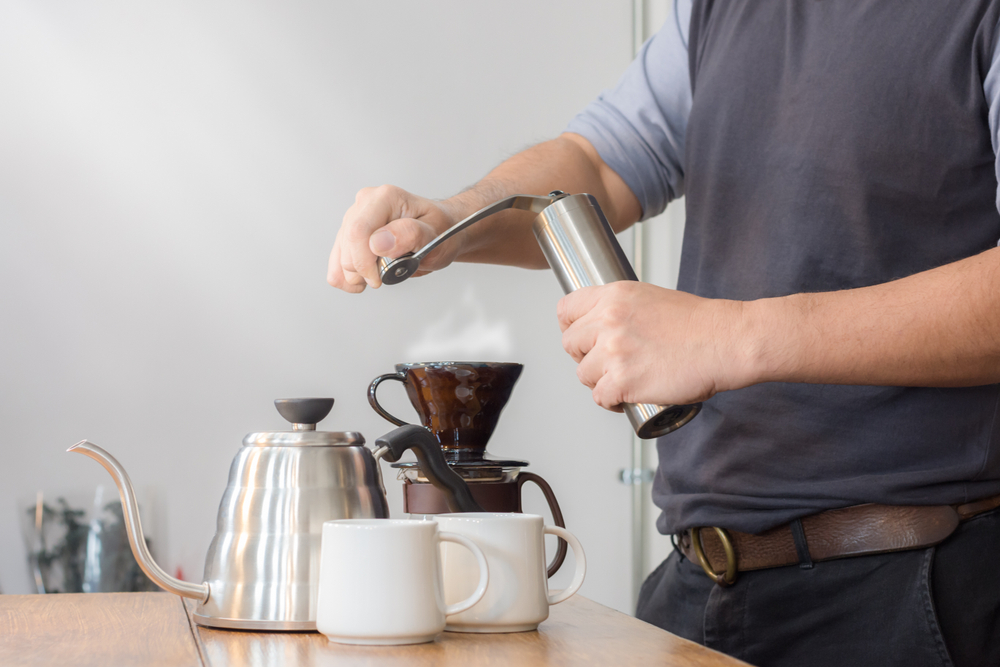Fossilized footprints tell a story that helps us understand how people lived hundreds of thousands of years ago. Researches in Saudi Arabia found footprints dating back to 120,000 years ago. Exposed by sediment erosion, researchers found hundreds of footprints fossilized in the sand. The footprints were found in the northern region of Tabuk at an ancient dry lake. This evidence is the earliest found of humans in the Arabian peninsula.
These footprints are believed to be from at least two people. This could help historians know and understand the paths that were taken by humans as they left Africa. This is because they believe lakes and rivers may have provided inland routes so that humans could progressively migrate. Footprints are special to researchers because they show one step in time. They represent a few days or even a few hours in time. The footprints meant someone was on the move through the area at some time.
Researchers discovered these 376 ancient shapes around Alathar Lake. Some of these prints also belonged to camels, horses, and elephants. This was especially notable to researchers as elephants were thoughtot have gone exint in this area approximately 400,000 years ago. These human footprints probably date back to the last interglacian period. This was a time in this area that the humid conditions allowed animals and humans to move across this region that was usually covered with deserts.
Researchers believe these footprints do not belong to Neanderthals because of the mass inferred from them and the structure of the print. Neanderthals were not known to be around the region during this time. Humans were known to visit the lake during this time. Researchers did not find any stone tools or animal bones, but do believe this area may have once been a place where humans hunted animals. The lack of evidence shows that this was probably a place where humans stopped briefly to hunt or rest as they migrated through the area.
The Arabian peninsula as it sits today is full of large deserts. This place would not have been one where humans could have lived. The animals they hunted wouldn’t have stayed in this area either. In the past decade, researchers have found that the area’s conditions have changed. At one time it was much greener and had a humid climate. The natural variation of the climate made these changes. This meant that there were times in the past that these deserts that lined the interior of this peninsula were once large grasslands with rivers and lakes.
These footprints may also help reveal the routes that humans took as they migrated out of Africa. Many of the non-African people that are alive today have ancestors that departed this continent about 60,000 years ago in large masses. Researchers do think that there were smaller groups of humans that migrated out of Africa prior to this mass migration thousands of years ago. They think they went from Sinai Peninsula into the Levant. Other researchers believe the route would have been more about the Arabian Peninsula and the Horn of Africa.
The fooptrints were compared to others made by Neanderthals and humans. All of the seven footrpints were longer than the Neanderthal tracks. Each seemed to have been made by a lighter, taller person.
Though the researchers cannot exclude the footprints as those of Neanderthals, this is an amazing discovery for the area. If the dating is correct, the sediments around them date to the last interglacial period. This warm and wet time proves that the climate could have pushed people and animals to migrate through the area. It changes this area in the eyes of history.










